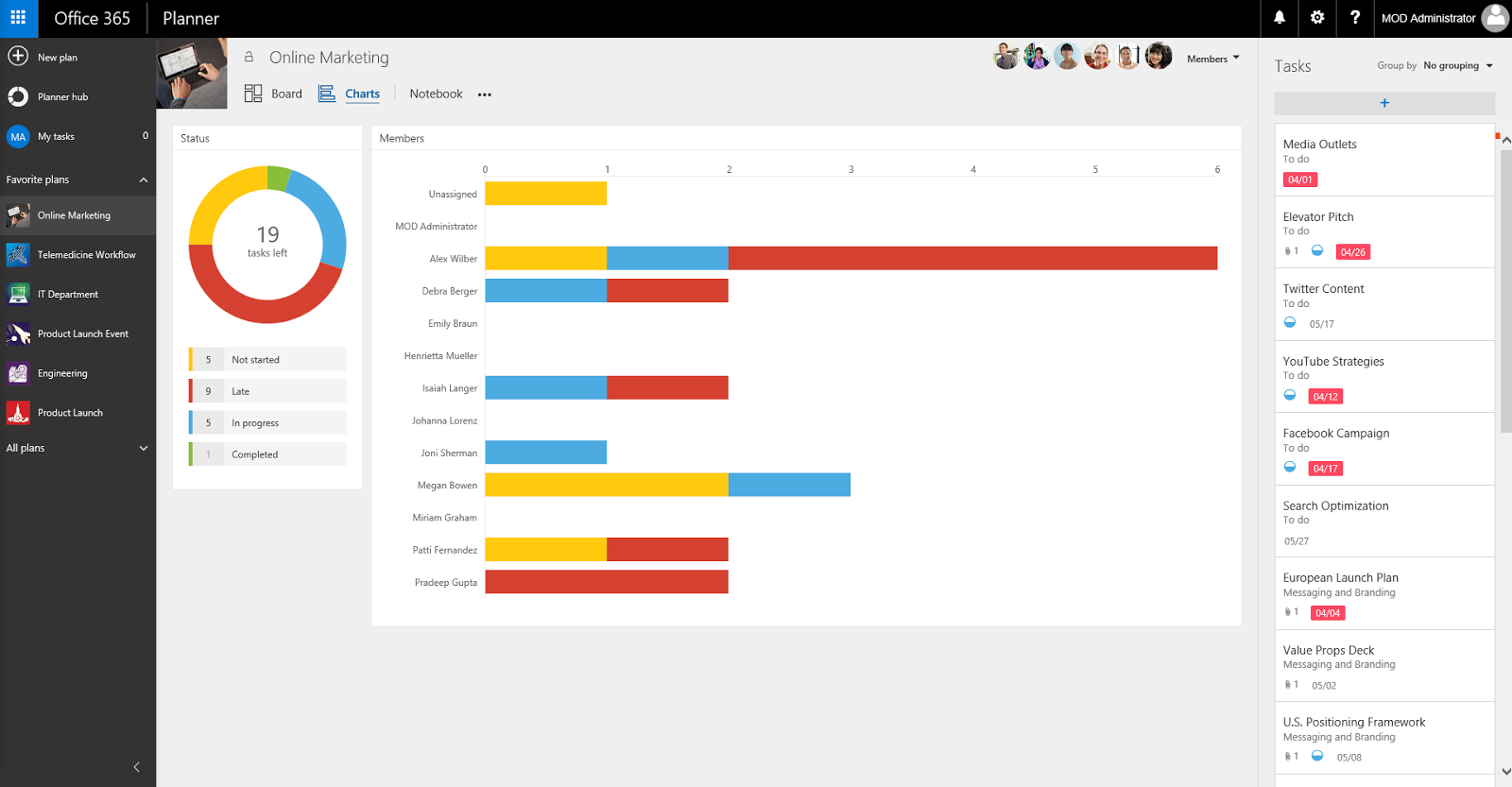

Resulting in immediately having the task ready for whoever needs it. This is because the task may immediately be assigned with it’s due date set. While Microsoft Planner’s process seems slightly longer- having strayed from minimalism it’s definitely a better creation process. Select “ADD” from the end of the input field.You’ll automatically begin typing the tasks name.Select “Add task” from the top of you task list.Open a task list from the side panel, or create a new one.Assign to – the person/people who must complete the task.Due date – (optional) when the task should be completed.Task name – should be the name of the task.Select “Add task” from atop your default bucket.Open plan > Add task > Enter name > Set due date > Assign to member.Should I use Microsoft Planner or Microsoft To DoĬomparing task creation in Planner and To Do Creating a task with Microsoft Planner.Grouping tasks and task lists in Planner and To Do.Comparing task configuration in Planner and To Do.Comparing task creation in Planner and To Do.Afterwards, we will take a closer look at the difference in task configuration options, to what extent we can group our tasks and whether your team should utilise Microsoft Planner or Microsoft To Do. Importance, due date, added to “my day,” alphabetically, creation dateīelow, we’ll be comparing creating a task in Microsoft Planner, versus creating a task in Microsoft To Do. “Bucket”, assigned to, progress, due date, labels, priority Microsoft Planner (from the enterprise subscription of Office 365) and Microsoft To Do, the free counterpart. In this post we’ll be addressing two tools put forward by Microsoft. Similarly, so are the tools you use to carry out your project management. Project management is one of the most important aspects of a project.


 0 kommentar(er)
0 kommentar(er)
